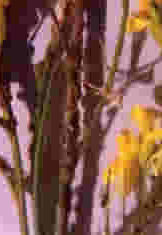Cole Crops
Diamond back moth
Symptoms of damage
Identification of pest
Egg: Minute yellow coloured eggs laid singly or in groups on the upper surface of leaves
Larva: Pale yellowish green caterpillar
Pupa: Pupation takes place on the foliage in a transparent cocoon
Adult: Small greyish brown moth. Forewings have three white triangular spots along the inner-margin. Adult folds the wings that appear with triangular markings, opposite wing with diamond shape.


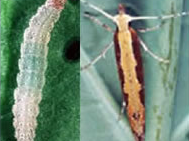
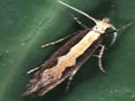
Management
Cabbage borer
Symptoms of damage
Identification of pest
Egg: Yellow shiny eggs laid on the leaves
Larva: Full grown larva are greyish-yellow with seven purplish brown longitudinal stripes
Adult: Pale greyish brown moth with wavy grey markings
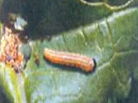

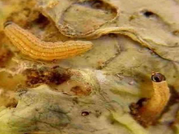
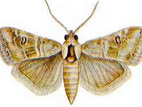
Management
Leaf webber
Symptoms of damage
Identification of pest
Egg: laid in groups under surface of leaves.
Larva: green coloured
Pupa: pupation takes place within the webbed up leaves
Adult: Forewings having distinct wavy lines and prominent wavy spots. Hind wings are semi hyaline colour
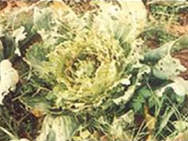
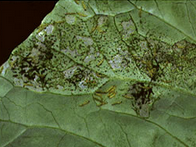
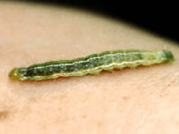
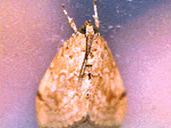
Management
Cabbage green semilooper
Symptoms of damage
Identification of pest
Egg: Greenish-white, spherical and sculptured eggs laid singly on ventral surface of leaves
Larva: Slender and green in colour with light wavy lines
Adult: Stout, brown moth, head and thorax grey in colour, abdomen white. Forewings grey wavy in colour with a slendery-marking
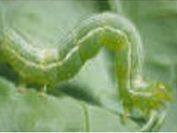
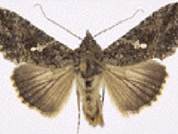
Management
Tobacco caterpillar
Symptoms of damage
Identification of pest
Egg: Masses appear golden brown
Larva: Young caterpillars are light green with black head or black spots. Well grown caterpillars are grey or dark brown
Adult: Adult moths are brownish colour. Forewings are brown colour with wavy white marking, Hindwings are white colour with brown patchs along the margin
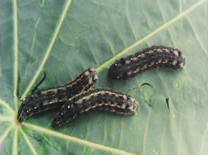
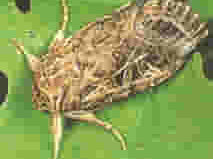
Management
Cabbage butterfly
Symptoms of damage
Identification of pest
Larva: Velvetty bluish green in colour with black dots, Yellow dorsal and lateral stripes covered with white hairs.
Pupa: chrysalis which takes place in leaves and stem
Adult: White butterfly
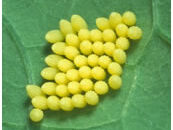

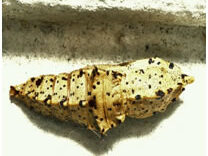
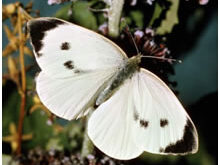
Management
Cabbage aphid
Symptoms of damage
Identification of pest
Nymphs and adults yellowish green with wavy white filament over the body


Management
Mustard aphid
Symptoms of damage
Identification of pest
Aphids: Small, soft-bodied, pearl-shaped insects
Management
